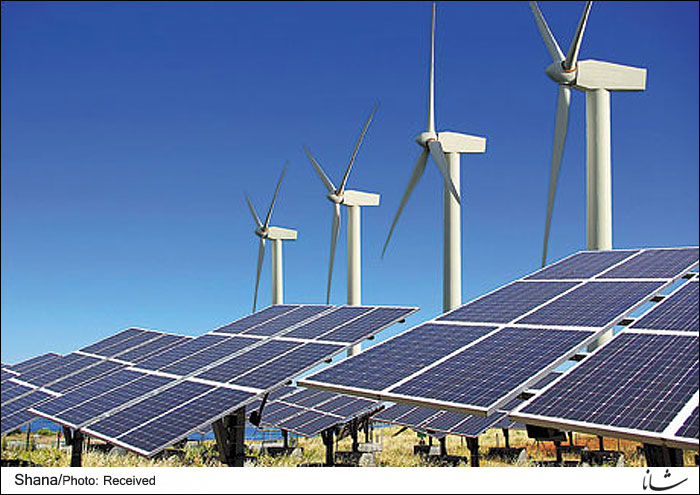The country’s desire to use clean energy has been influenced by several factors, including the need to mitigate greenhouse gas emissions and the urgent need to provide reliable and affordable energy for its growing population. For this purpose, Kenya’s geothermal energy production is forecast to increase 9-fold, which could, along with solar and wind energy, supply most of the country’s energy needs.
Investment in geothermal
In general, Kenya has made significant investments in geothermal power plants in recent years. Like much of East Africa, this country is located on the Great Rift Valley fault and has strong geothermal currents, estimated at 7,000 MW. For this reason, the United Nations and global development banks are encouraging investments in geothermal energy throughout East Africa and have planned projects in Ethiopia, Tanzania and Djibouti. Kenya began using this energy in the 1980s with the construction of the first unit of the Olkaria Power Plant in Naivasha, 120 km northwest of Nairobi. Currently, Olkaria, with a total production capacity of nearly 550 MW of electricity, constitutes more than 45% of the country's electricity production and has become one of the largest geothermal power plants in the world.
Geothermal energy is a renewable and environmentally friendly energy that does not emit carbon dioxide and other greenhouse gases. For this reason, it has many advantages for energy production, one of the most immediate applications of which is heating greenhouses for the production of agricultural products. Also, this source is cheaper than other sources of energy. For example, one-kilowatt hour of geothermal energy in Kenya costs $0.07. Meanwhile, for the same amount of electricity production by fuel oil, $0.18 should be spent. In addition, geothermal energy does not emit pollutants, and at the same time, it is more regular than solar or wind energy.
Moreover, Kenya is among the countries that benefit from the best levels of sunlight in the world as it is located on the Equator. Scientists estimate that the country’s solar potential is 4.5 kWh, which is among the best rates in the world. So with such natural data, Kenya has the possibility to create solar parks. It is currently the frontrunner in the number of solar energy systems installed in the world. In rural areas across the country, the use of solar energy to generate electricity is on the agenda.
Meantime, significant investments have been made in Kenya in the use of wind energy. According to the Kenya National Bureau of Statistics, the country has the largest wind farm in Africa. The Lake Turkana Wind Power Project, which is Africa's largest wind farm, consists of 365 wind turbines capable of powering more than one million homes.
Iran-Kenya cooperation
Cooperation between Iran and Kenya in the energy sector is not a new issue as it has been considered by both parties in the past years. Kenya used to be one of the buyers of Iranian oil and imported about 30 mb/y from Iran. Although this process was disrupted due to US sanctions, the desire of both sides to continue cooperation in the energy sector has not changed. During President Ebrahim Raeisi’s recent visit to Kenya, both sides emphasized the development of energy cooperation.
Despite all the investments made by Kenya in renewables, oil and petroleum products are still needed in this country and have a significant share in the industrial sector. The important point is that Kenya has to import oil products, thereby giving a country like Iran a considerable opportunity to export petrochemicals there.
Reviewing details of Iran’s exports to Kenya in the past years also indicates that the African country has mainly been a buyer of petroleum products. In such a way that bitumen is ranked first among Iran’s exported goods to Kenya with a 75.99% share in this list. Considering this historical background, Iran’s capabilities, and Kenya’s needs, Tehran has a significant opportunity to cooperate with Nairobi in the petrochemical field. In addition, the presence of major international oil companies in Kenya's oil and gas exploration sector has created opportunities for service companies. There are services related to geophysical data collection, oil well registration and testing, drilling rig services, and a wide range of other related services in this field, which is an opportunity for Iranian technical-engineering companies to be present in the country.
On the other hand, Kenya’s energy market desperately needs LPG whose consumption has been increasing in recent years. In various ways, the Kenyan government is trying to replace biomass fuel and kerosene with LPG for domestic and industrial use because these fuels have led to major deforestation and environmental pollution. Therefore, according to the policy of the Kenyan government in expanding the use of LPG, as well as the considerable expertise, knowledge, and resources that Iran has in this regard, there is scope for bilateral cooperation.
Iran Petroleum


Your Comment